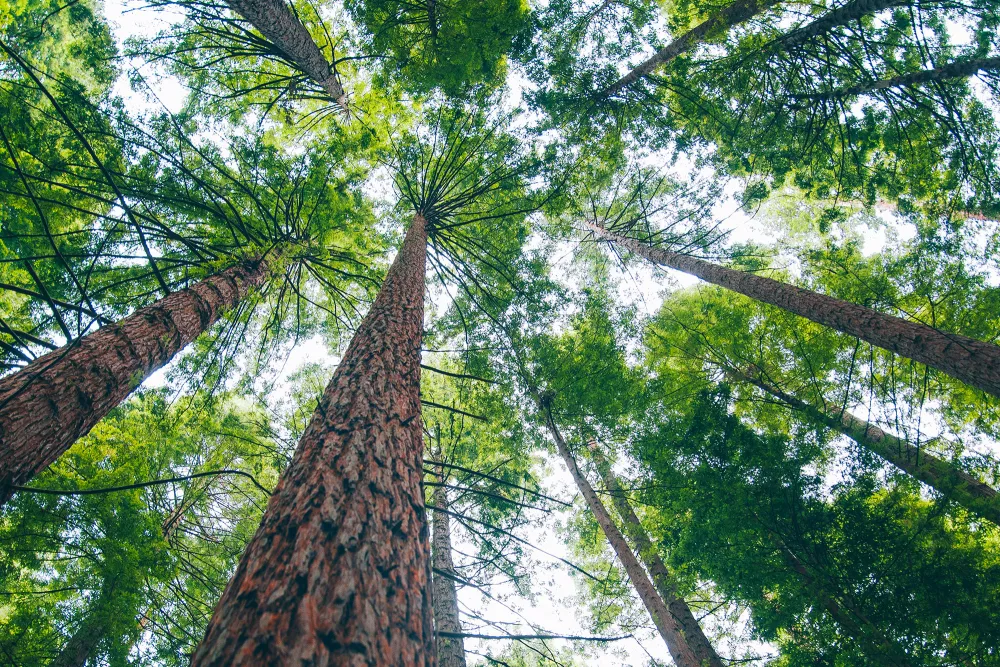The Arbor Day Foundation is pledging 10 million trees to areas impacted by hurricanes Helene, Milton Help us replant
Bulletin
How to Interpret Trees
Interpretation should be considered an important part of any community forestry program. Programs that teach people about trees can have significant impacts both on the individual lives they touch and on support for community tree programs.

Community interpretive centers, like this one outside of Denton, Nebraska, can make an important difference for the future.
Interpreting trees and nature in our communities is an opportunity available to every tree board member and professional forester or arborist. All it requires is a little knowledge, some imagination, and a lot of desire to share your love of nature with others and translate technical information into terms that: (1) attract attention, and (2) provide understanding. The goal of environmental interpretation is not to make scientists out of lay people, but rather to help anyone from any walk of life relate to the natural world around them. The ultimate achievement of interpretation is to have someone interested in learning more.
In this bulletin are some general concepts about interpretation and some guidelines to use in interpreting trees in your community.
In This Bulletin
Here’s what’s inside:
- What is Interpretation? – defining interpretation and what it can do for members of your community
- Interpretive Trails – key features to include in interpretive trails
- More Ways to Interpret Trees – other ideas for engaging the community

